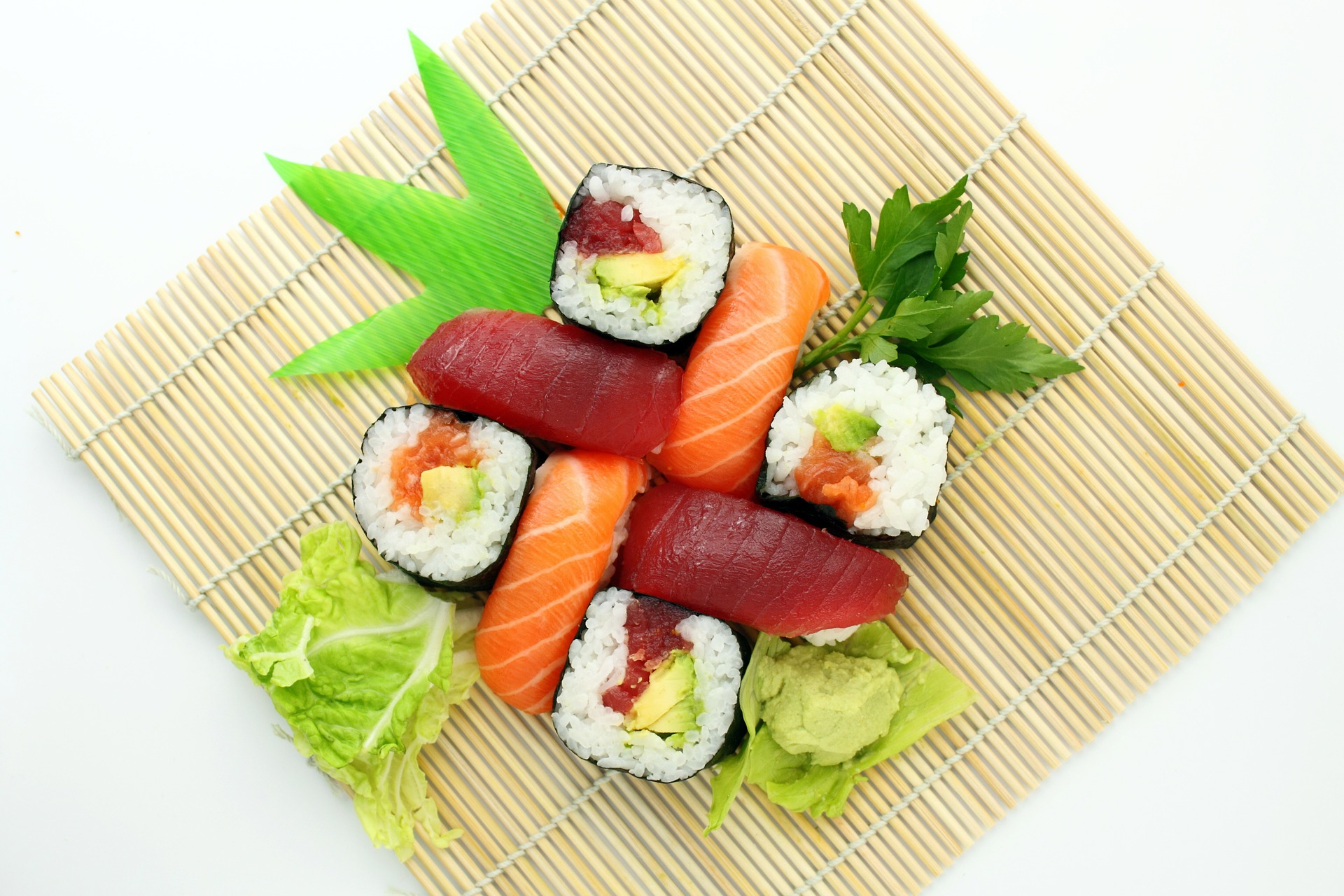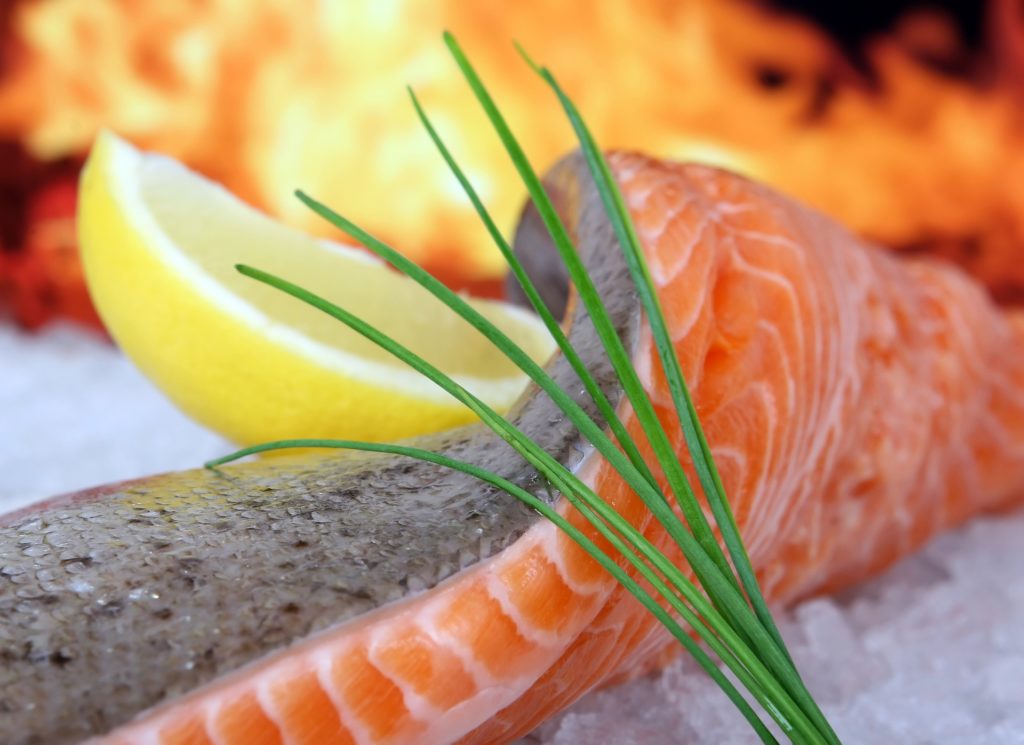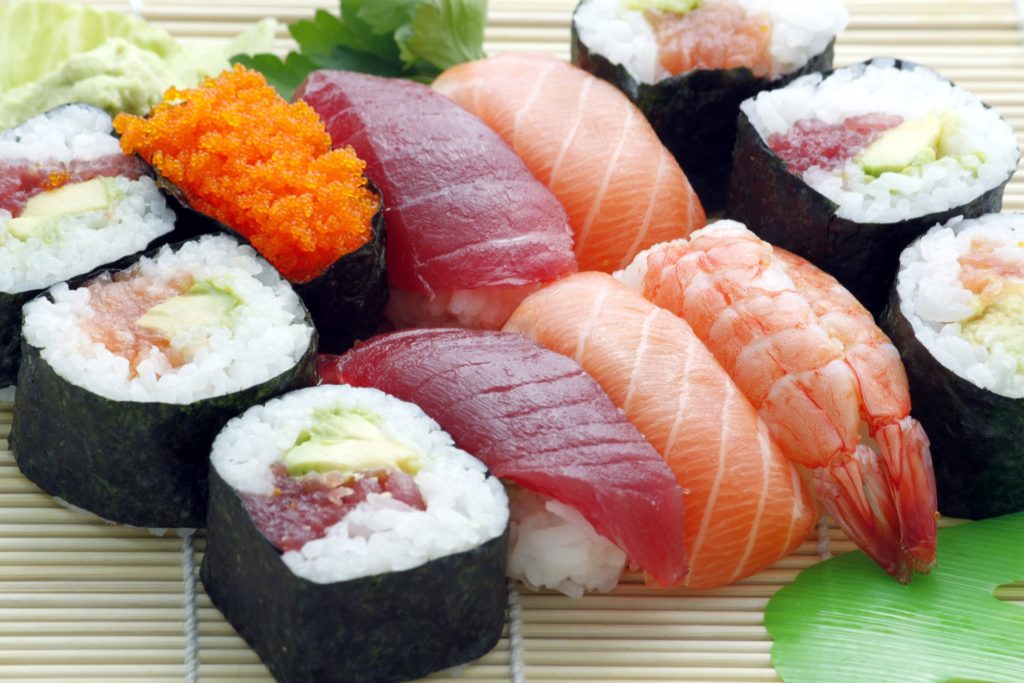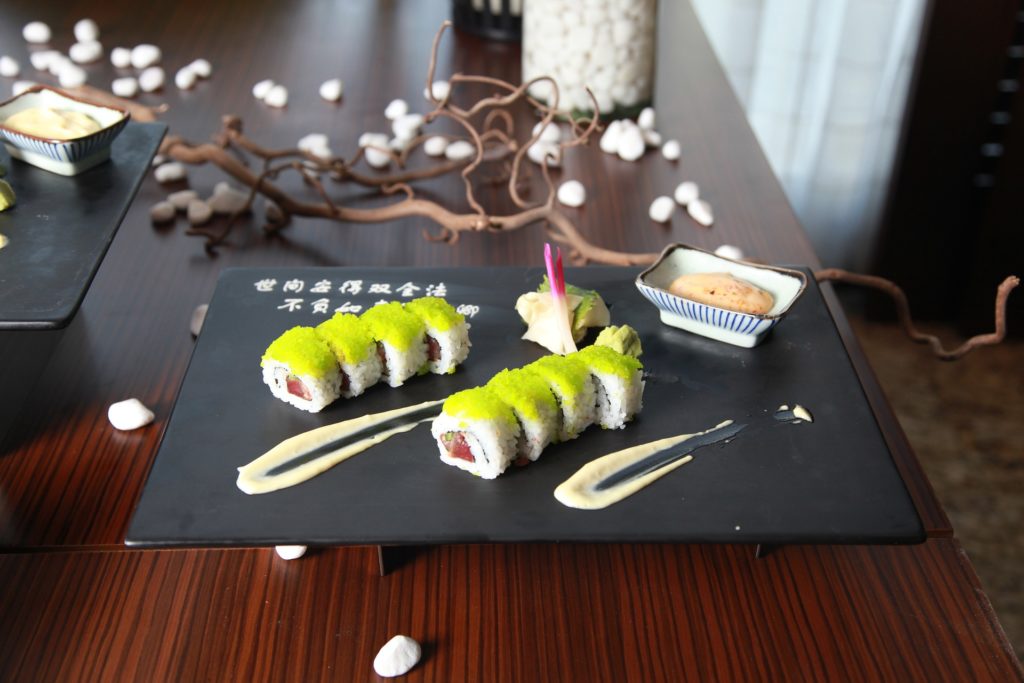How to maintain our health and slenderness in the Japanese way

Japanese people are generally healthier, and their average age is higher than for most of the westerners, but it is a mistake to think that there are no fat people among them. However, the fact is that many people in western societies are obese due to excessive consumption of pizza, chips and cola, in Japan, this rate is only 3%. I would note here the strange fact that in proportions, I saw more obese men walking on the streets than women. This may be because of the traditional gender roles are exist there. The stressed, overworked male generation has less time to pay attention to healthy eating – even they grab a bite from the local McDonald’s sometimes – while women as housewives have more time to choose quality ingredients for cooking. The Japanese – generally Asia – diet is the healthiest in the world, perhaps that is the secret to their longevity. But let’s look in details why.
Freshness:
Freshness is an essential requirement in the Japanese kitchen. A caring housewife is restless, she even goes every day to the local store or the market to get fresh meat, fish and vegetables. She pays attention to quality and chooses the raw ingredients thoughtfully, so it is not uncommon that she has to go to more than one shop to buy the best products. She goes to the fish market for the fish and buys fresh eggplant at her favourite vegetable shop. In this case, she also takes the daily walk that doctors recommend us to stay healthy.

As I mentioned, Japanese people pay special attention to the freshness of the ingredients needed for cooking, so they select them with care. For example, if the vegetables are not fresh, the leaves are a little withered, they don’t buy, they simply leave them behind. They ignore quick-frozen and canned food, they prefer to consume more seasonal dishes.
Rich Breakfast:
Breakfast is the most important meal of the day, but while we have breakfast of high-calorie scrambled eggs and sausages to face the whole day’s strain, they prepare cooked rice and miso soup, that made from soybeans, accompanied by tofu for breakfast. The energy value of a protein-rich breakfast is high, so it provides them with plenty of energy throughout the day. Omelettes or grilled salmon are also eaten for breakfast, and a cup of green tea is a must. Green tea also contains caffeine, but less than coffee, and it is more lasting, it also has antioxidants and a fat-burning effect.
Diet:
It is important what goes on to the dining table. Most Japanese food consists of fish, rice, soy, a variety of different vegetables and fruits. Most of their meals are easy to digest, low in fat, low in sugar and low in calories. There is exceptionally high consumption of fish in Japan, so their diet is rich in unsaturated omega3 fatty acids, which are essential in preventing cardiovascular disease. Accompany the fish and rice, 2-3 types of garnishes are served, especially many steamed cruciferous vegetables (broccoli, brussels sprouts, cabbage, cauliflower), which are known to have anti-cancer effects. Both fresh and dried seaweeds (kombu, nori, wakame) are rich in vitamins and minerals, they also play an important role as garnishes.

Vegetables are eaten raw or lightly steamed, so they retain the essential nutrients and vitamins for the body. They try to eat as natural as they can to preserve the original taste and colour of the food.
Instead of dessert, they often offer fresh, chopped seasonal fruit, apples, pears, apricots, grapes, yuzu and Japanese dates (kaki) being popular.
Table service:
Perhaps the most important rule of eating is that the Japanese never eat voraciously, they only fill their bellies to 80%. They eat slowly, calmly, chewing every bite well. They never take their plate full, they prefer to eat smaller portions. One of the secrets of which lies in the serving: they serve the dishes in small pots, bowls, cups. The chopsticks also slow down their food consumption, because they can only put small portions into their mouths at a time. When we eat in a hurry, by the time the information reaches our brains that we have eaten well, we have a massive consumption of food that our body doesn’t really need.
The biscuits, snacks, cakes available in the stores are also packaged in small portions, so people are less tempted to consume the entire contents of the big bags.
Aesthetics:
The artistic arrangement of the food is also essential to them, the sliced cooked meat, fish and vegetables are tastefully arranged on top of the rice bed and decorated with algae. The Japanese can eat with their eyes too, fully enjoy the vision, the taste of their food, chewing every bite well.

And last but not least, it is necessary to mention the feeling of gratitude, thanksgiving for the food. This, I discovered myself even before I travelled to Japan. If we eat our food with guilt — perhaps because we know we shouldn’t eat a particular food, but it looks so temptingly delicious — does much more harm to our health than consuming the same dish with gratitude and ease. Honestly, I sin sometimes at McDonald’s, but I never feel guilty after that. I always joke that my body just needed to consume some fast food, so in that case, even the not-so-high-quality meal is less harmful to my digestive system.
Leave a Reply